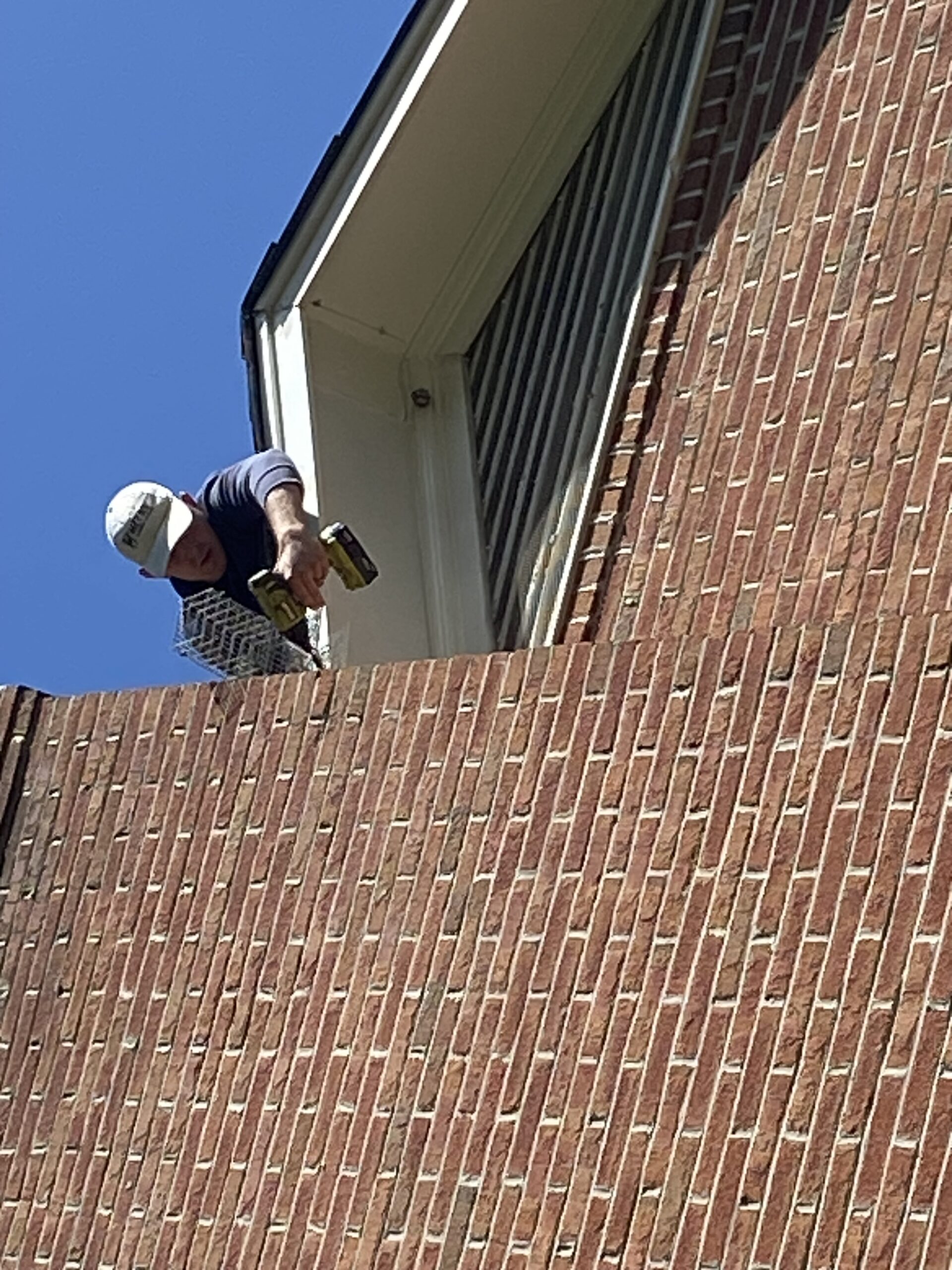Understanding the Risks: Rat Infestations in Charleston and Surrounding Areas
===INTRO:===
The picturesque city of Charleston and its surrounding areas are not just loved by its human inhabitants, but also by a larger-than-desired population of rats. A concern for homeowners and businesses alike, these rat infestations pose a variety of health and property risks. Education and understanding are key in staying ahead of this urban pest problem. This article will delve into the prevalence of rat infestations in Charleston and discuss the potential risks and mitigation strategies associated with them. For comprehensive pest removal services, including rat removal, visit Metro Wildlife Control.

Analyzing the Prevalence of Rat Infestations in Charleston
Charleston, with its temperate climate, plentiful food sources, and historical buildings, offers an ideal environment for rats. Over the past few years, reports of rat infestations have become more frequent, raising concerns for residents and local authorities. It is not just residences that are affected, but also businesses, particularly in the food and hospitality sectors. The issue is only exacerbated with the city’s aging infrastructure, where rats find easy access to buildings and homes.

Efforts to understand this growing pest problem have revealed several contributing factors. Charleston’s booming construction sector often disrupts rat habitats, causing them to seek refuge in nearby buildings. Furthermore, improper waste management in some areas provides ample food sources for these pests. Lastly, the mild winters in Charleston allow for year-round rat activity, escalating the problem.
Rat populations can grow rapidly if not managed effectively. Female rats are capable of birthing up to seven pups every 21 days, meaning unchecked populations can exponentially multiply in a short amount of time. This rapid growth underlines the importance of timely rat control measures.
Identifying and Mitifying Risks Associated with Rat Infestations
Rats are notorious not only for the damage they cause to properties but also for the health risks they pose. They can chew through electrical wires, plumbing, and structural materials, leading to costly repairs. Additionally, rats are known to carry a variety of diseases, such as Salmonella and Hantavirus, which can be transmitted to humans through their droppings, urine, or bites.

Preventing rat infestations begins with identifying potential entry points in your home or building and sealing them off. Regular inspection of premises, proper food storage, and waste management can go a long way in deterring rat activity. If an infestation is suspected, professional pest control services should be engaged immediately to prevent further spread and minimize risks.
While these measures can reduce the likelihood of infestations, they are not a 100% guarantee. Rats are persistent creatures and often find ways to infiltrate even the most fortified structures. Therefore, regular monitoring and a proactive approach to rat control should be adopted to maintain a pest-free environment.
===OUTRO:===
In conclusion, the growing rat infestation in Charleston and surrounding areas is a serious issue that requires immediate attention. Understanding the reasons for their prevalence and identifying the associated risks are crucial steps in effectively managing this pest problem. Professional pest control services, like Metro Wildlife Control, can provide comprehensive solutions to keep your homes and businesses safe from these unwelcome guests.
Remember, an ounce of prevention is worth a pound of cure. Stay educated, stay vigilant, and let’s work together to keep Charleston rat-free.
